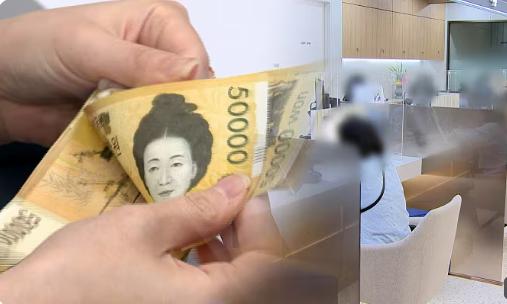Understanding the Surge in Money Supply
The domestic stock market's recent volatility has inadvertently led to an unprecedented increase in idle funds, marking the 18th consecutive month of money supply growth. According to the 'November Monetary and Liquidity Trends' report by the Bank of Korea, the broad money supply (M2) reached an average balance of 4,143 trillion won in November, a 0.8% increase from the previous month. This trend, which began in June 2022, shows a 6.4% increase compared to the same month last year, maintaining a growth rate above 6% for the second consecutive month.

Breaking Down the Components
M2 encompasses various financial instruments, including the narrow money supply (M1), money market funds (MMFs), time deposits of less than two years, beneficiary certificates, and certificates of deposit (CDs). Notably, transferable savings deposits saw an 11.4 trillion won increase in November. The expansion of asset market volatility has been a significant factor in the rise of idle funds. In response, some banks have introduced parking account products with attractive interest rates and flexible deposit and withdrawal options to capture these funds.
Sector-wise Analysis
Financial bonds of less than two years experienced a 5.5 trillion won increase, attributed to improved issuance conditions following a decline in market interest rates. Conversely, market-type products like CDs, RPs, and promissory notes saw a 2.7 trillion won withdrawal due to increased short-term bank bond financing. The household and non-profit sectors witnessed a 10.6 trillion won increase, primarily in deposits, while corporations saw a 5.3 trillion won rise, mainly in time deposits and MMFs. However, other sectors experienced a 7.5 trillion won decrease.
Expert Insights
Prof. Lee Seung-heon from Soongsil University's Graduate School of Business commented on the situation, stating, 'Despite concerns over economic cooling, the smooth flow of money supply indicates economic stability from a liquidity perspective.' He also suggested that the Bank of Korea's liquidity supply could further increase M2 in December.
Looking Ahead
The current state of the money supply suggests a stable economic environment in terms of liquidity, even amidst concerns of economic cooling. The Bank of Korea's strategic management of the money supply through various financial instruments and policies has proven effective. As December approaches, the potential for further M2 increases, driven by the central bank's liquidity supply, remains a critical area for monitoring, with implications for the broader economy and financial stability.









Comments